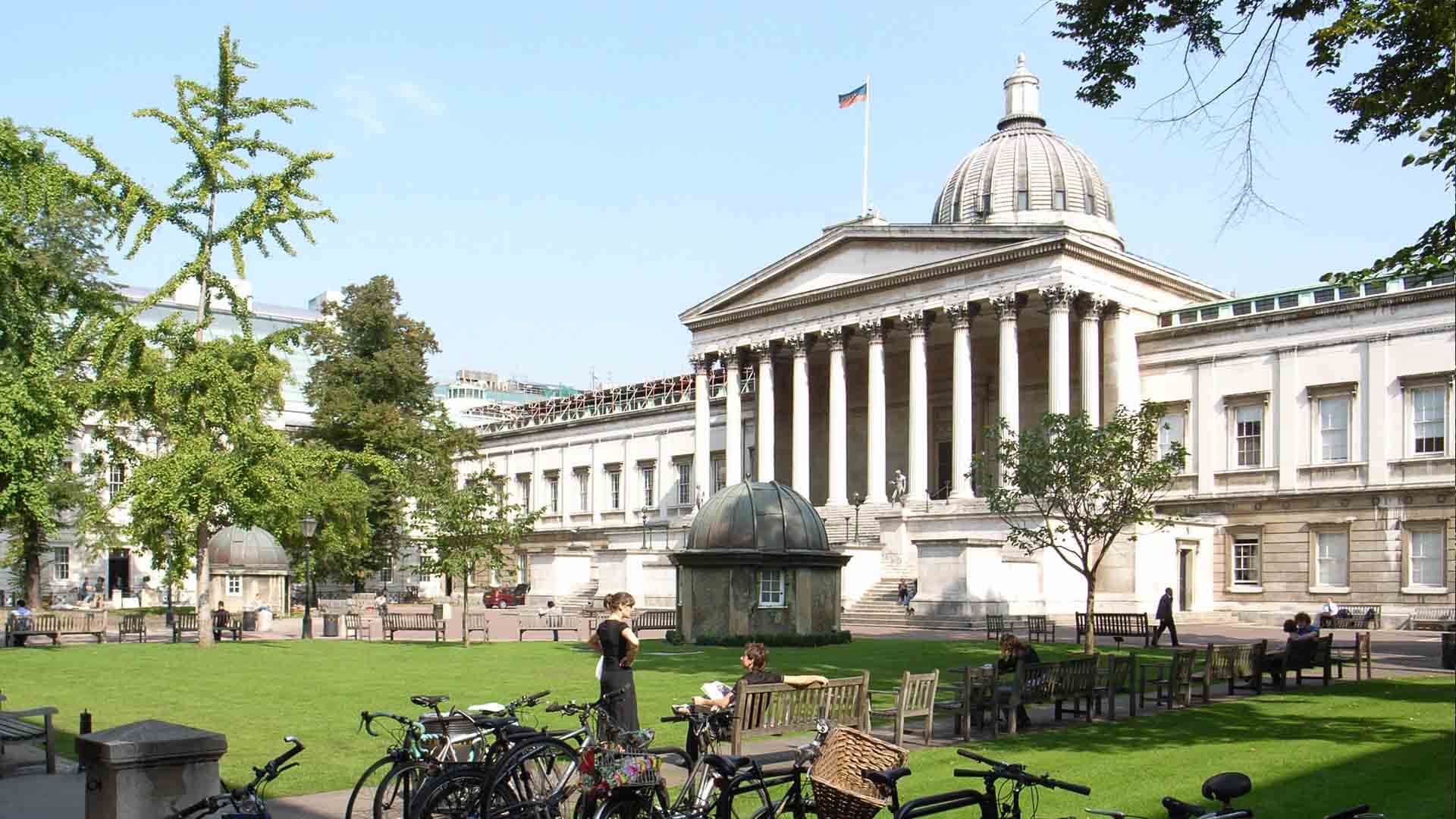
The Threads of Time: Football Clubs and Their Historic Kits
In the kaleidoscopic world of modern football, where sponsorships emblazon every surface and kit designs seemingly change with the seasons, there remains a sacred constant: the historic kit. These aren’t just pieces of fabric; they are living tapestries woven with the threads of tradition, glory, heartbreak, and unwavering identity. A club’s historic kit is its visual soul, a potent symbol that transcends generations, connecting fans to their heritage and reminding players of the immense legacy they carry.
To understand the profound significance of a historic kit, one must first look beyond mere aesthetics. It’s a repository of collective memory, imbued with the spirit of legends who wore it, the roar of crowds who witnessed it, and the triumphs and tribulations etched into its very fibers. These kits are often simplistic in design, eschewing fleeting trends for timeless patterns and colours that have become synonymous with their respective institutions. They are a tangible link to a club’s founding principles, its community roots, and the unique cultural narrative it represents.
The Philosophy of Enduring Design
What elevates a kit from merely being "old" to "historic"? It’s a combination of longevity, iconic moments associated with its design, and an unbroken lineage that ties it directly to the club’s core identity. These kits often boast:
- Unchanging Core Colours: Whether it’s the red of Liverpool, the white of Real Madrid, or the black and white of Juventus, the primary colours are almost always sacrosanct. These hues are not arbitrary; they often derive from the club’s origins, local heraldry, or early benefactors.
- Distinctive Patterns: Stripes, hoops, sashes – these are not just decorative elements. They are unique identifiers, instantly recognisable across the globe. Think of Celtic’s hoops, AC Milan’s stripes, or River Plate’s sash.
- Minimalist Evolution: While modern manufacturing techniques allow for technological advancements in fabric, the fundamental design remains remarkably consistent. Changes are often subtle, respecting the heritage rather than reinventing it.
- Emotional Resonance: The sight of a historic kit evokes powerful emotions – pride, nostalgia, a sense of belonging. It reminds fans of past glories and ignites hope for future ones.
Let us embark on a journey through some of the most iconic and historically significant kits in world football, exploring the stories and identities they represent.
Case Studies in Timelessness:
1. Real Madrid: The Pristine White of "Los Blancos"
Few kits are as globally recognized and universally revered as the pure white strip of Real Madrid. Nicknamed "Los Blancos" (The Whites), the kit is a testament to the club’s aspiration for purity, elegance, and unparalleled success. From the legendary Alfredo Di Stéfano to the modern-day Galácticos, countless superstars have donned the pristine white, conquering Europe a record 14 times. The simplicity of the design, with its stark contrast against the green of the pitch, embodies the club’s regal stature and relentless pursuit of excellence. It’s a kit that signifies ambition, often seen as an extension of the Bernabéu’s grand architecture itself. Its unchanging nature, save for minor collar variations or sponsor additions, reinforces its timeless appeal and status as a symbol of footballing aristocracy.
2. AC Milan: The Fiery Red and Black of the "Rossoneri"
The striking red and black stripes of AC Milan, known globally as the "Rossoneri," are a potent symbol of passion and fear. Legend has it that the red represents the devil’s fire and the black, the fear of opponents, a combination chosen by club founder Herbert Kilpin in 1899. This bold vertical stripe design has remained virtually unchanged for over a century, witnessing some of the most dominant periods in European football history, particularly under Arrigo Sacchi and Fabio Capello in the late 1980s and early 1990s. The kit is synonymous with legendary defenders like Paolo Maldini and Franco Baresi, and attacking maestros like Marco van Basten. Its consistent pattern and powerful colour scheme evoke a sense of tradition, aggression, and an unwavering commitment to flair and victory.
3. Liverpool FC: The All-Red Revolution of Bill Shankly
While Liverpool has always worn red, it was the visionary manager Bill Shankly who, in 1964, famously decided on an all-red strip – red shirts, red shorts, and red socks. His reasoning was simple yet profound: "I thought to myself, ‘Why not go the whole hog?’ And so we did. We wore all red. And I tell you what, we looked awesome. We looked powerful. We looked intimidating." This psychological shift transformed Liverpool’s visual identity, making them appear more formidable to opponents. The all-red kit became synonymous with the club’s dominant era of the 1970s and 80s, an era of relentless attacking football and European triumphs. It represents the "Liverpool Way" – a fierce determination, unity, and an unbreakable bond between the team and its passionate fanbase.
4. Juventus FC: The Enduring Black and White Stripes of "La Vecchia Signora"
The iconic black and white stripes of Juventus were not their original colours; the club initially wore pink. A fortuitous mistake led to a change in 1903 when one of their players, an Englishman named John Savage, was tasked with sourcing new kits from his hometown of Nottingham. He mistakenly ordered the black and white stripes of Notts County, his local team. The rest, as they say, is history. These "Zebre" (Zebras) stripes have since become one of football’s most recognisable symbols, representing the club’s aristocratic charm, resilience, and an unwavering winning mentality. From Michel Platini to Alessandro Del Piero and Cristiano Ronaldo, generations of stars have graced these timeless stripes, contributing to Juventus’s record-breaking Scudetto haul.
5. Celtic FC: The Green and White Hoops of Identity
The green and white hoops of Celtic are more than just a football kit; they are a profound symbol of cultural identity, heritage, and community. Adopted in 1903, the hoops represent the club’s Irish roots and its founding purpose of alleviating poverty in Glasgow’s East End. The continuous hoops around the shirt signify unity and equality, principles deeply embedded in Celtic’s ethos. This kit has witnessed the "Lisbon Lions" making history as the first British club to win the European Cup in 1967, and countless domestic triumphs. For fans, wearing the hoops is a statement of pride, belonging, and a connection to a rich tapestry of history that extends far beyond the football pitch.
6. FC Barcelona: The Blaugrana of Catalan Pride
The vibrant "Blaugrana" (blue and deep red) stripes of FC Barcelona are instantly recognisable and deeply intertwined with Catalan identity. The exact origin of the colours is debated – some say it was inspired by the Rugby School in England, others by the colours of the Swiss Canton of Basel where founder Joan Gamper’s family was from. Regardless of origin, the vertical stripes have remained a constant since 1900, representing the club’s unique blend of attacking flair, artistic football, and its role as "Més Que Un Club" (More Than A Club), a symbol of Catalan nationhood and resistance. From Johan Cruyff’s "Dream Team" to Pep Guardiola’s tiki-taka era with Lionel Messi, the Blaugrana has been the canvas for some of football’s most beautiful and successful periods.
7. Boca Juniors: The Blue and Gold of La Boca
The distinctive blue and gold of Boca Juniors, a vibrant reflection of Buenos Aires’ working-class La Boca neighbourhood, holds a unique origin story. In 1907, the club decided their colours would be derived from the flag of the first ship to enter the port of La Boca, which happened to be a Swedish vessel carrying a blue and gold flag. This serendipitous choice birthed one of the most passionate and iconic kits in world football. The horizontal gold band on a blue background is instantly synonymous with the raw passion of the "La Bombonera" stadium and the club’s working-class roots. The kit has been worn by Argentine legends like Diego Maradona and Juan Román Riquelme, embodying the fiery spirit of Argentine football.
The Challenge of Modernity vs. Tradition:
In an age of global merchandising and aggressive marketing, the sanctity of the historic kit faces constant pressure. Clubs often release new home, away, and third kits annually, sometimes with radical design changes or experimental colours. While this generates revenue, it occasionally sparks fierce backlash from traditionalist fans who feel the club’s identity is being diluted or commodified.
The tension lies in balancing commercial imperatives with the preservation of heritage. The most successful clubs in this regard are those that understand the profound emotional investment fans have in their colours and patterns. While away and third kits can be experimental, the home kit often remains largely untouched in its core elements, serving as an anchor to the club’s past. When changes are made, they are often subtle nods to previous iconic designs, rather than complete overhauls.
Conclusion: More Than Just Material
The historic football kit is far more than just a uniform worn by players; it is a powerful emblem of identity, a living narrative, and a cherished heirloom passed down through generations of fans. It encapsulates the spirit of a club, the triumphs and heartbreaks, and the unwavering loyalty of its supporters. In a rapidly evolving football landscape, these threads of time serve as a vital connection to the game’s rich history, reminding us that while players and managers come and go, the soul of the club, often embodied in its iconic kit, remains eternal. They are not merely worn; they are revered, for they carry the weight of legacy and the promise of future glory.



